When Fabric Becomes a Megaphone: How Designers Are Using Fashion as a Form of Protest and Expression
Forget just looking good – in today’s world, clothes are often making a statement. We’re seeing more and more designers, from the biggest names to the newest independents, turning their runways, collections, and campaigns into powerful platforms for social and political commentary. It’s not just about trends anymore; it’s about using fabric, silhouette, and even the show itself, to shout about the issues that matter.
Think about it: fashion is immediate, it’s visible, and it’s something almost everyone engages with in some way. This makes it an incredibly effective tool for protest and expression, allowing designers to tap into the cultural conversation and amplify important messages.
Beyond Slogans: The Nuances of Fashion Activism
While a bold slogan tee can definitely grab attention (who could forget “The Future is Female” or “We Should All Be Feminists” emblazoned on a Dior shirt, which became almost a uniform for feminist movements?), the art of fashion as protest often goes much deeper. Designers are getting incredibly creative with how they weave their commentary into their work:
Subtle Symbolism and Deeper Messages: Sometimes it’s a specific color palette representing a cause, a recurring motif that hints at a social issue, or even a particular garment shape that evokes a historical movement. Think of how the suffragettes over a century ago used specific colors – purple for dignity, white for purity, green for hope – to identify themselves and communicate their unity. More recently, designers might use deconstructed elements to symbolize societal breakdown, or incorporate specific cultural patterns to highlight cultural appropriation versus appreciation. These subtle nods can spark conversation and encourage deeper thought among those “in the know.”
The Power of Performance and Showmanship
A fashion show isn’t just models walking down a runway anymore. It’s a full-blown production, and designers are using every element – the set design, the music, the casting, and even the models’ expressions – to create an emotional and impactful statement. Remember when Karl Lagerfeld for Chanel staged a mock feminist protest with models carrying signs like “Make Fashion Not War” or “Feminist but Feminine”? While it sparked debate about commercializing protest, it undeniably put the conversation on a global stage. Similarly, Vivienne Westwood, a punk icon, consistently transformed her shows into direct political protests, often focusing on environmental issues and consumerism. She didn’t just sell clothes; she delivered a manifesto.
Reclaiming Narratives and Identity
Fashion can be a powerful tool for marginalized communities to reclaim their identity and tell their own stories. Designers are using traditional craftsmanship, cultural references, and historical garments to celebrate heritage, challenge stereotypes, and assert their presence in the global fashion conversation. Take the Keffiyeh, for instance – a traditional scarf with deep historical and political significance that has been embraced as a symbol of Palestinian solidarity. When it appears in fashion, it can either be a respectful acknowledgment of its roots or a controversial appropriation, highlighting the fine line designers walk when engaging with cultural symbols. It’s about taking back control of the narrative and wearing one’s identity with pride.
Sustainability as a Stand Against the Status Quo
In an era of climate anxiety, simply how clothes are made can be an act of protest. Designers who commit to ethical labor practices, use recycled materials, or champion slow fashion are actively pushing back against the damaging fast fashion industry. They’re making a conscious choice to prioritize people and the planet over profits and endless consumption. Labels focusing on upcycling like Official Rebrand by MI Leggett, who transforms discarded clothing into new pieces, are directly protesting fashion’s enormous waste problem. Their very business model becomes a statement against exploitation and environmental harm, forcing consumers to think about the true cost of cheap clothing.
Direct Engagement and Amplification
Some designers take their message straight to the streets, collaborating with activists, organizing community events, or donating proceeds to relevant causes. The clothing becomes a uniform for change, worn by those directly involved in the movements. Many contemporary brands, from large labels like Dior and Public School to smaller, independent designers, have produced collections or pieces directly supporting women’s rights, LGBTQIA+ rights, immigrants, and refugees, using fashion to amplify voices that need to be heard.
Why Now? The Perfect Storm for Fashion Activism
So, why are we seeing this surge in fashion activism? A few things come to mind:
Global Awareness on Steroids
In our hyper-connected world, social and political issues are constantly in our feeds, often amplified by viral moments. Designers, like all artists, are inherently influenced by the world around them, and they increasingly feel a responsibility to respond, knowing their work can quickly reach millions.
Democratization of Fashion
Social media has truly broken down traditional barriers. An emerging designer with a powerful message can now reach a global audience without needing the backing of a major fashion house. This has given more diverse voices a platform to express their views and build communities around shared values.
Conscious Consumerism is Growing
Consumers, especially younger generations, are increasingly “voting with their wallets.” They want to support brands that align with their beliefs, pushing designers to be more transparent and vocal about their stances on social and environmental issues. It’s no longer just about aesthetics; it’s about ethics.
Ultimately, when designers use their platforms for protest and expression, they’re reminding us that fashion isn’t just superficial. It’s a powerful reflection of our times, a catalyst for conversation, and sometimes, the most stylish way to say something truly profound. It’s about making sure that what we wear isn’t just beautiful, but meaningful too.







Recent Comments